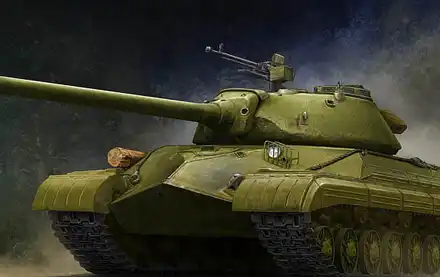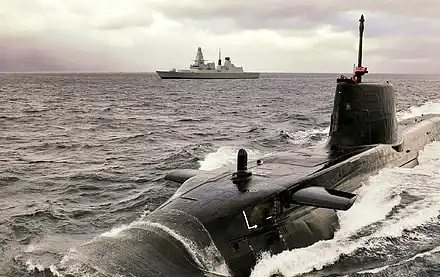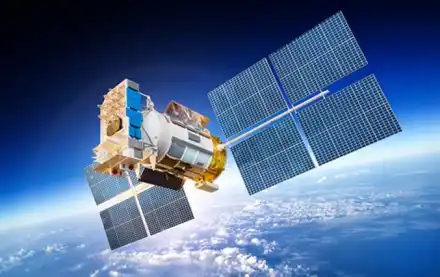




Northrop
Benefitting from more than three decades of strike and stealth technology innovation, the B-21 is the next evolution of the U.S. Air Force strategic bomber fleet and the world’s first sixth-generation aircraft to reach the skies.
The B-21 Raider continues its flight test campaign at Edwards Air Force Base, California, led by a Combined Test Force (CTF) comprised of Northrop Grumman and Air Force personnel. CTF pilots indicate the jet is performing as expected with the aircraft flying like the simulator, reflecting the precision of the digital environment on B-21.
B-21 remains on track to meet its key performance parameter for Average Procurement Unit Cost (APUC) of $550 million in Base Year 2010 dollars. The government has fixed-price production options for the first 21 aircraft. Final terms, quantity, and pricing beyond the first 21 aircraft are subject to negotiation. The government and Northrop Grumman have established not-to-exceed pricing for an additional 19 aircraft.
The average not-to-exceed value for the subsequent lots is above the average unit price of the five LRIP lots.
Here is what you need to know about Northrop Grumman’s B-21 Raider as it continues flight test.
Sixth Generation. The B-21 Raider is setting standards for sixth-generation technology. On the outside, next-gen stealth and advancements in low observable processes will make the aircraft easier and less costly to maintain than prior systems. Inside, the B-21’s open architecture will enable rapid upgradability from the inclusion of new weapons to software upgrades thanks to advanced networking capabilities and successful cloud environment migration.
Production Focus. A key strategy of the program was to build a production representative first test aircraft. Rather than a prototype, the B-21 test aircraft is equipped with mission systems and was built by the same manufacturing technicians using the same processes and tooling for production aircraft. The knowledge and experience gleaned in the development process support a smooth transition into production on the path to delivering operational capability.
A Digital Aircraft. Northrop Grumman uses agile software development and digital engineering tools to mitigate production risk and enable modern sustainment practices for the B-21 program. Ground testing demonstrated the efficacy of digital modelling with results that outperformed industry standards, paving the way for next-gen platforms and systems.
Advanced Manufacturing. By embracing the benefits of advanced manufacturing, Northrop Grumman invested in a digital ecosystem for the B-21 throughout the aircraft’s lifecycle. From training and augmented reality tools allowing technicians to visualise tasks and solve problems before ever touching the plane, to easing integration of supplier parts on the aircraft, these advancements have reduced risk, supported efficiency and cultivated expertise throughout the manufacturing workforce.
Sustainment at the Forefront. Sustainment was a program priority throughout the B-21 program’s design phase. In addition to driving efficiency over the long term, this approach yields more near-term benefits. It sets the B-21 further along on tech data, materiel readiness and training which will benefit the user community upon fielding.